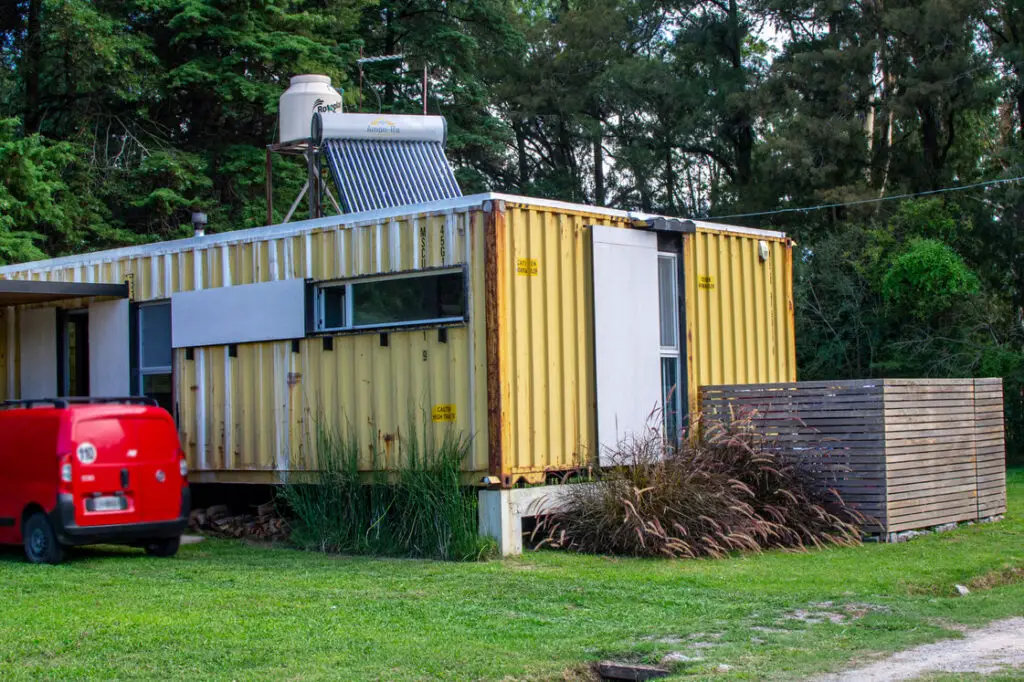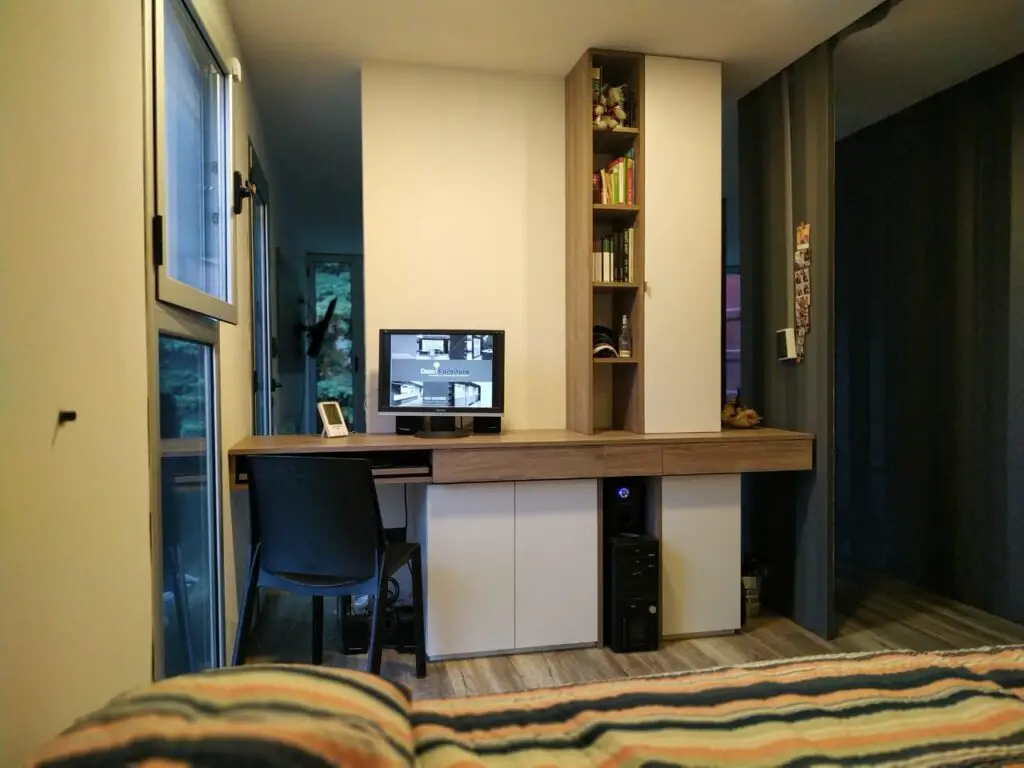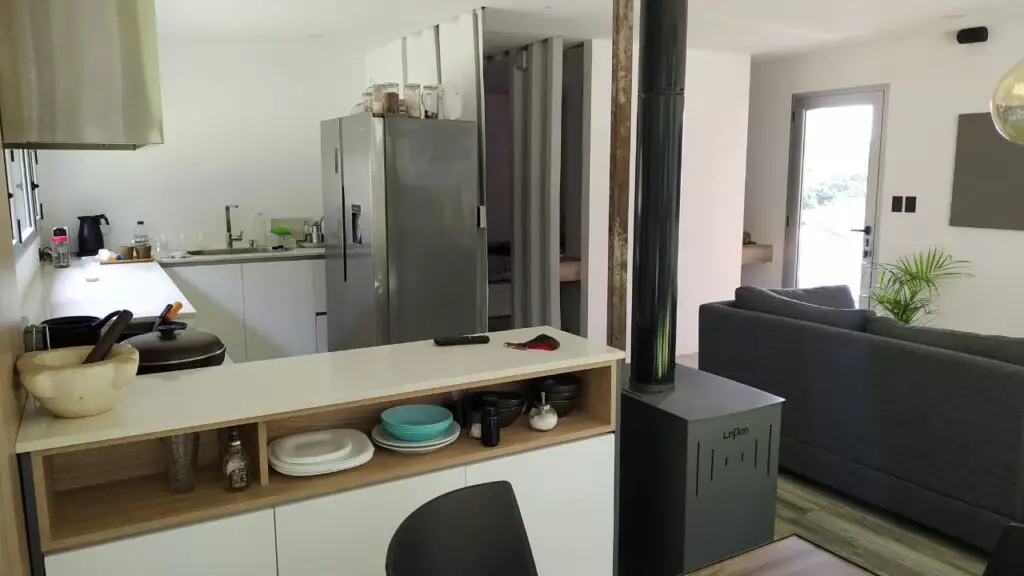Cost of Living in a Container Home
The financial aspects of residing in a container home are intriguing, especially when compared to traditional housing.
The initial purchase of a shipping container is relatively inexpensive. Used containers start from a few thousand dollars.
However, the transformation into a livable space involves various expenses such as design, insulation, windows, doors, and interior finishes.
The total cost can align closely with conventional home building, particularly if one employs contractors or opts for high-end finishes.
Nevertheless, for those who take the do-it-yourself route or have basic living requirements, the endeavor can prove to be more budget-friendly.
Architectural Diversity and Ecological Impact
Container homes contribute to architectural diversity, offering an alternative aesthetic to traditional neighborhoods.
In terms of sustainability, container homes are often regarded as eco-friendly due to the recycling of used shipping containers and reduction in material waste during construction. However, true sustainability also depends on additional factors.
Climate Considerations
Container homes’ thermal performance hinges on the quality of their insulation.
Without adequate insulation, container homes can become exceedingly hot in summer and bitterly cold in winter. Therefore, it is vital to incorporate robust insulation techniques, proper ventilation systems, and consider the local climate when planning and designing a container home to ensure year-round comfort.

Photo : pulsonoticias
Designing for the Future
Beyond immediate practicality, container homes are often selected for their modular design.
This design allows for easy expansion or reduction of living space as needed. The flexibility also allows for relocating the entire home with relative ease compared to a traditional home.
This is a unique advantage for homeowners who foresee future moves.
To realize the dream of a custom container living space, you need to do some significant planning. You also need to understand local building codes, and be ready for an often steep learning curve.
The design must account for the structural integrity of modified containers and utility connections. It also needs to consider the potential need for custom-made pieces.
While challenging, the final outcome can offer a unique, modern, and functionally efficient home.

Photo : pulsonoticias
Living in a shipping container can be more cost-effective than in a traditional house, especially if most of the work is done by oneself.
The home of Franco and Cynthia, made from two maritime containers, exemplifies a growing architectural trend in La Plata, Argentina.
Franco and Cynthia’s home, made from two shipping containers, cost around $3300 each in Argentina. With their own labor, they managed to save significantly on construction costs.

Photo : pulsonoticias
However, the total savings compared to traditional construction may vary, with the primary advantage being the reduction of material waste and the potential for mobility.
Their home, encompassing 70 square meters, features modern amenities and a design that blurs the line between indoor and outdoor spaces, benefiting from natural light and ventilation to reduce energy use.

Despite the initial concerns about temperature control, strategic design and insulation have made their container home comfortable year-round.
This form of construction is also seen as more eco-friendly due to the recycling of shipping containers and efficient use of resources.
The trend towards container homes is noted for adding diversity and innovation to urban landscapes, challenging traditional architectural norms while being potentially more accessible financially.
